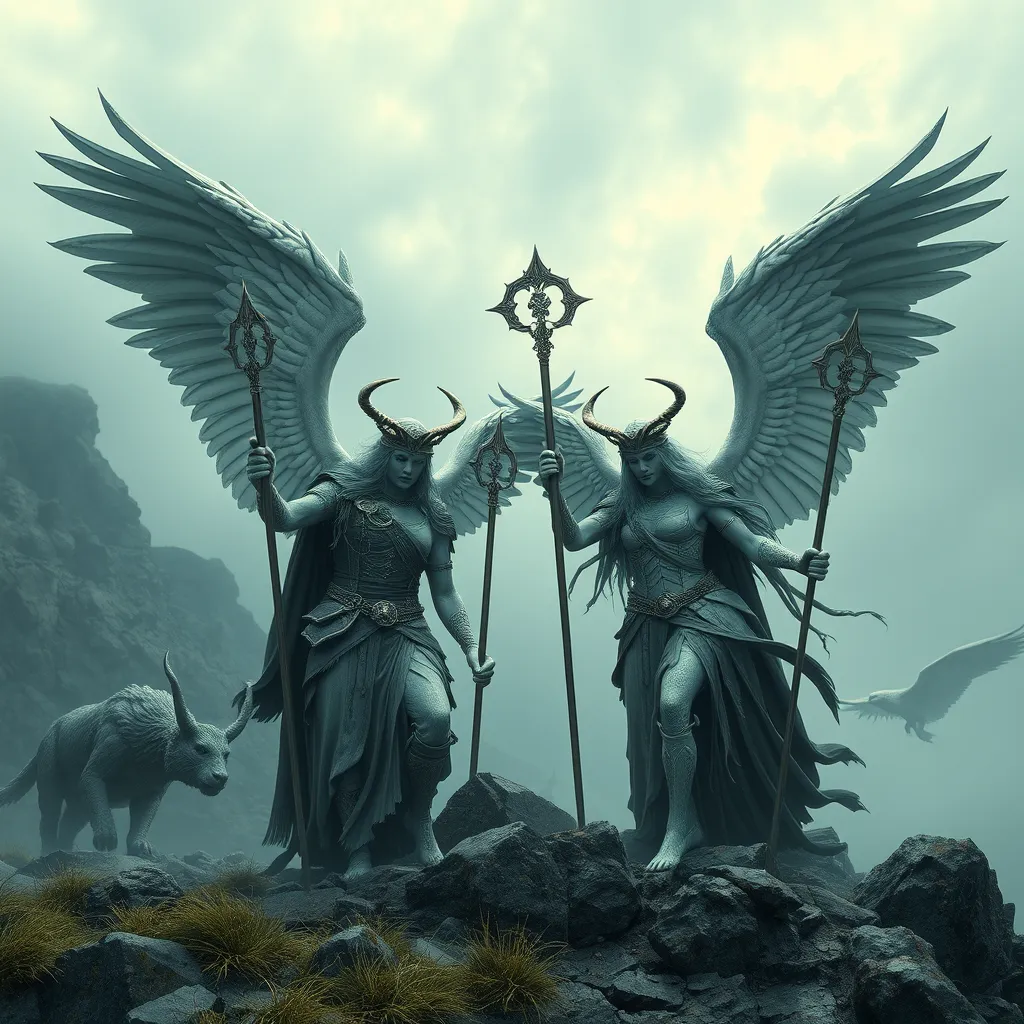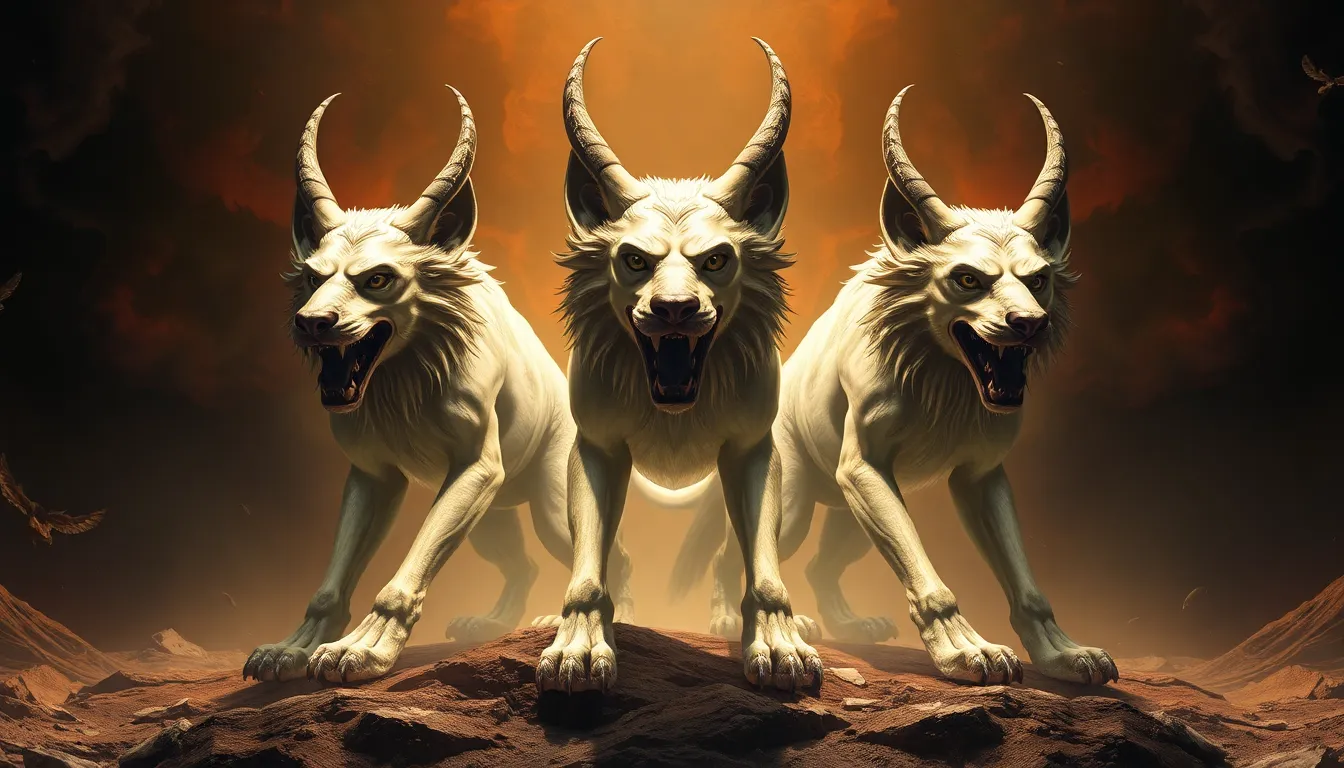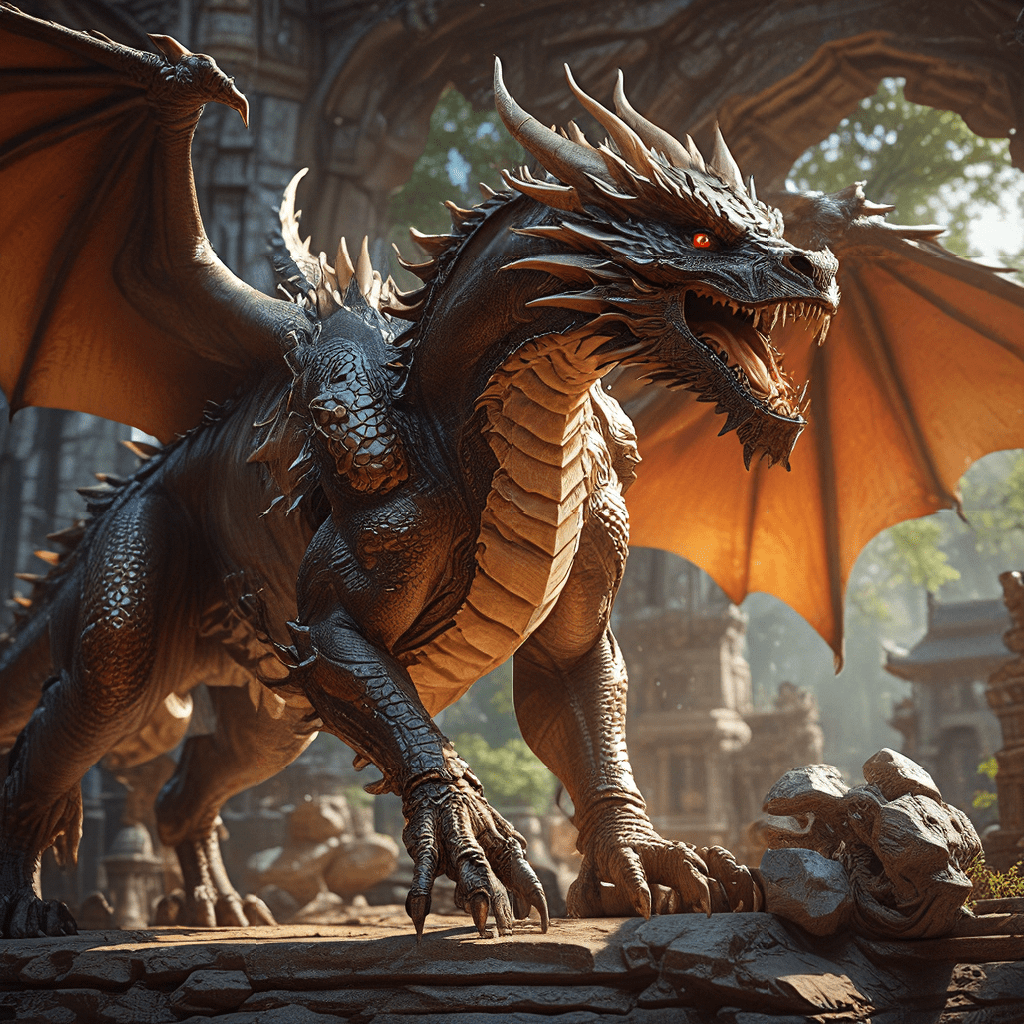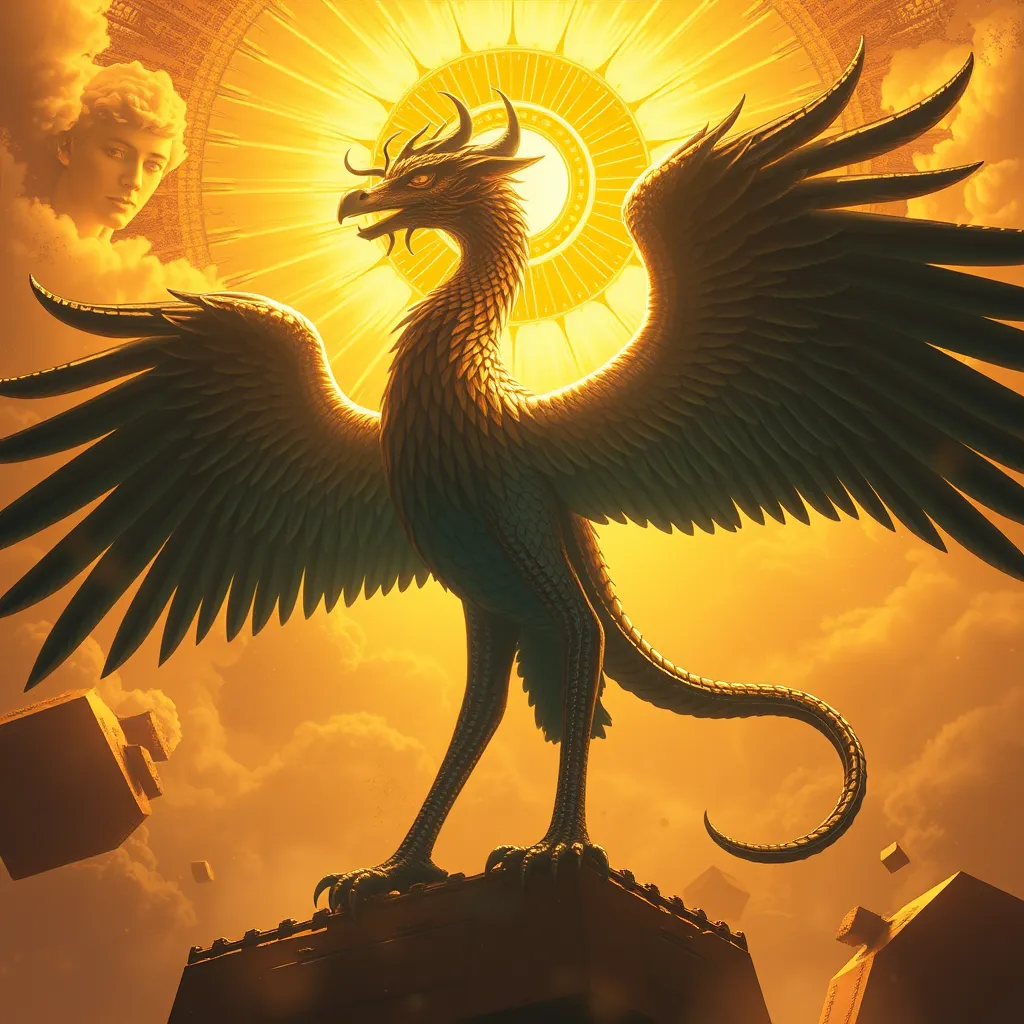Valkyries in Mythology: A Comparative Study of Different Mythological Traditions
I. Introduction
Valkyries are fascinating figures rooted in Norse mythology, often depicted as female warriors serving the god Odin. Their primary role is to choose those who may die and those who may live in battles, leading the slain warriors to Valhalla, the hall of the slain. This introduction highlights the significance of Valkyries across various mythological traditions, not just within Norse culture but also in broader contexts. The purpose of this comparative study is to explore how Valkyrie-like figures manifest in different mythologies, their roles, and their cultural significance.
II. Valkyries in Norse Mythology
A. Origins and descriptions of Valkyries
In Norse mythology, Valkyries are often described as beautiful maidens clad in armor, riding on horseback. They possess the ability to influence battle outcomes and are often associated with death and fate. The term “Valkyrie” itself translates to “chooser of the slain” from Old Norse, which encapsulates their primary function in the mythos.
B. Role in Valhalla and the selection of warriors
Valkyries play a crucial role in the selection of warriors who are deemed worthy to join Odin in Valhalla. After a battle, they descend to the battlefield to choose those who will die and those who will be spared. The chosen warriors, known as “Einherjar,” are taken to Valhalla, where they prepare for Ragnarok, the end of the world.
C. Symbolism and cultural significance
The symbolism of Valkyries extends beyond their martial aspects. They represent the ideals of bravery, honor, and the complex relationship between life and death. In Norse culture, they embody the belief in fate and destiny, as they are seen as agents of the gods, ensuring that only the bravest warriors are honored in the afterlife.
III. Valkyrie-Like Figures in Other Mythologies
A. Analysis of female warrior figures in Celtic mythology
Celtic mythology features several formidable female figures akin to Valkyries. Among these is the Morrigan, a goddess associated with war and fate.
1. The Morrigan and her dual nature
The Morrigan is often depicted as a triple goddess, representing aspects of sovereignty, battle, and death. She has the ability to shape-shift and is known for foretelling death and destruction in battle. Unlike Valkyries, who serve Odin, the Morrigan embodies a more chaotic and multifaceted nature.
2. Comparison with Norse Valkyries
While both Valkyries and the Morrigan are associated with warfare and death, the Valkyries serve a more structured role within the hierarchy of Norse gods, whereas the Morrigan is more independent and unpredictable, reflecting the tumultuous nature of Celtic warfare.
B. Female deities in Greco-Roman traditions
In Greco-Roman traditions, female figures also embody the warrior archetype, with Athena as a prime example.
1. Athena as a warrior goddess
Athena, the goddess of wisdom and warfare, represents a blend of intellect and martial prowess. Unlike Valkyries, who are primarily associated with death and the afterlife, Athena symbolizes strategic warfare and is often depicted as a protector of heroes.
2. Comparison of roles with Valkyries
While Valkyries focus on the selection of the slain, Athena’s role is more about guiding and empowering heroes in their quests. Both figures embody feminine strength, yet they serve different purposes within their respective mythologies.
IV. Common Themes Among Valkyrie Archetypes
A. Feminine power and warrior identity
Across various mythologies, Valkyrie-like figures often embody themes of feminine power and warrior identity. They challenge traditional gender norms, asserting their roles as fierce warriors in predominantly male spheres.
B. The duality of life and death
Both Valkyries and their counterparts share a profound connection to the concepts of life and death. They navigate the thin line between these realms, reminding us of the inevitability of death and the honor associated with a warrior’s death.
C. The intersection of fate and free will
The roles of these figures often highlight the tension between fate and free will. While they are agents of destiny, their actions can also be seen as reflections of individual choices made in the heat of battle.
V. Cultural Impact and Representation
A. Influence of Valkyries in modern literature and media
In contemporary culture, Valkyries have inspired numerous works of literature, film, and video games. They are often portrayed as strong, independent characters, resonating with modern feminist themes.
B. Analysis of Valkyries in art and popular culture
Artistic representations of Valkyries, from classical paintings to modern graphic novels, depict them in various ways—some emphasizing their beauty and grace, while others focus on their martial prowess. This duality reflects the ongoing fascination with warrior women across cultures.
C. The evolution of the Valkyrie archetype over time
The Valkyrie archetype has evolved significantly from its mythological roots. In modern interpretations, they are often reimagined as symbols of empowerment, reflecting changing attitudes toward gender roles and strength.
VI. Regional Variations in Valkyrie Legends
A. Examination of Slavic female warrior myths
In Slavic mythology, female warriors such as the Rusalki and the Bogatyr women exhibit qualities similar to Valkyries, guiding souls and embodying the spirit of battle.
B. Comparison with Asian mythological figures, such as the Kunlun goddess
The Kunlun goddess in Chinese mythology represents a warrior woman archetype, often associated with strength and protection. Comparatively, she shares thematic elements with Valkyries, such as the defense of the righteous and the embodiment of feminine strength.
C. How geography shapes the portrayal of Valkyrie-like figures
Geographical and cultural contexts greatly influence how these figures are portrayed. For instance, Viking culture’s harsh environments shaped the Valkyries’ warrior characteristics, while the more diverse landscapes of Asia influenced the multifaceted representations of their goddesses.
VII. Theoretical Perspectives on Valkyries
A. Feminist interpretations of Valkyrie mythology
Feminist scholars often highlight Valkyries as embodiments of female empowerment, challenging patriarchal norms by asserting their roles as warriors and decision-makers.
B. Psychological perspectives on the archetype of the Valkyrie
From a psychological standpoint, Valkyries represent the integration of strength and vulnerability, embodying the inner warrior present in all individuals, regardless of gender.
C. Cultural anthropology and the significance of warrior women
Cultural anthropologists examine warrior women like Valkyries as reflections of societal values, revealing how cultures perceive gender roles and power dynamics.
VIII. Conclusion
A. Summary of findings from the comparative study
This comparative study has explored the multifaceted representations of Valkyries across various mythological traditions. From the Norse Valkyries to Celtic and Greco-Roman figures, similarities and differences abound, highlighting the universal themes of warrior identity and feminine power.
B. The enduring legacy of Valkyries across cultures
Valkyries continue to resonate in contemporary culture, serving as symbols of strength and empowerment. Their legacy endures in literature, art, and popular media, inspiring new generations to embrace the warrior spirit.
C. Future directions for research on mythological figures and their roles
Future research could delve deeper into the psychological and cultural impacts of Valkyrie archetypes, examining how these figures can continue to inform discussions about gender, power, and identity in modern society.



